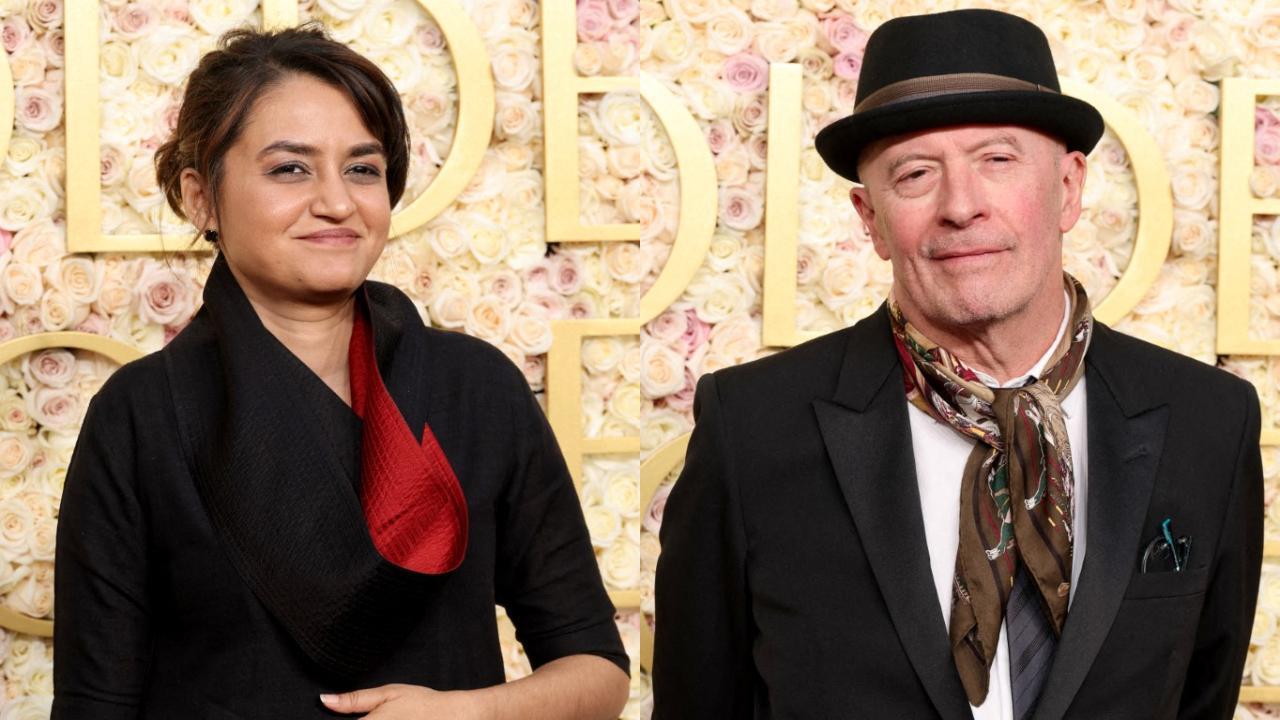
Animation films have long held a special place in the heart of audiences worldwide, often delivering vibrant splashes of color and featuring quirky yet lovable sidekicks, captivating musical sequences, and lively animation techniques that lead viewers through a whirlwind of emotions. However, these features can sometimes leave an audience entertained yet inexplicably weary. Breaking from the norm, Chris Sanders’ latest venture, “The Wild Robot,” offers a refreshing take on what animation can achieve by weaving together a story that not only entertains but also uplifts and touches the soul.
Based on Peter Brown’s beloved 2016 children’s book, “The Wild Robot” takes viewers on an unexpected journey that is both heartwarming and enlightening. The film cleverly adheres to some traditional animation expectations while subverting others, creating a delightful array of surprises for its audience. Sanders channels the artistry reminiscent of animation classics such as “Bambi” and “My Neighbor Totoro,” alongside the celebrated works of Japanese animation maestro Hayao Miyazaki. This fusion of styles results in a breathtaking visual experience, where every scene resembles a beautifully crafted painting rather than a digital creation.
In stark contrast to the hyper-detail-oriented style prevalent in contemporary animation, Sanders embraces a more simplistic yet profoundly intricate visual approach. By foregoing the meticulous depiction of each individual blade of grass, or the nuances of animal fur, a sense of nostalgic simplicity takes hold. This choice does not negate complexity but instead invites viewers to contemplate the underlying mechanisms that drive this enchanting world.
The narrative unfolds as ROZZUM 7134, or Roz (expertly voiced by Lupita Nyong’o), a service robot, becomes marooned on a deserted island. Bereft of purpose, she embarks on a quest to discover who might need her services on this remote outpost, only to find herself abandoned and labeled a ‘monster’ by the island’s residents — a motley assembly of animals. Roz’s attempts to communicate with them initially seem futile, as they flee rather than engage. Even after conquering the barrier of language, Roz finds no purpose assigned to her.
Faced with the prospect of returning to her creators, Roz stumbles upon an unexpected responsibility: the care of a young gosling named Brightbill (brought to life by Kit Connor).
. In preparing Brightbill for the challenge of migration, Roz enlists the help of island inhabitants: a crafty fox named Fink (voiced by Pedro Pascal), mischievous opossum Pinktail (Catherine O’Hara), a wise old Canada goose, Longneck (Bill Nighy), and the savvy predator, Thunderbolt the peregrine falcon (Ving Rhames). Over time, even the initially hostile grizzly bear, Thorn (Mark Hamill), and the eccentric tree-felling beaver, Paddler (Matt Berry), warm to Roz’s presence.
“The Wild Robot” presents itself primarily as an adventure — and a thoroughly thrilling one at that. Yet, beneath its surface lies a profound meditation on the essence of kindness as a core survival trait. Roz’s unyielding kindness gradually demonstrates its power, despite Fink’s stark teachings about the island’s harsh eat-or-be-eaten reality. Another key theme explored is the nature of parenthood and adoption. Though Roz initially declares Pinktail’s lack of programming as a mother, moments arise where her maternal instincts subtly and heartwarmingly emerge — a journey poignantly captured as she thanks Longneck with near maternal affection towards Brightbill.
The voice talents involved provide a deeply immersive experience, with Lupita Nyong’o’s portrayal of Roz exuding tenderness and compassion, while Pedro Pascal delivers a charmingly shrewd performance as Fink. Bill Nighy’s portrayal of Longneck resonates with wisdom and gravity, contrasting beautifully with Stephanie Hsu’s playful cheer as Vontra, the retrieval robot, and Matt Berry’s grouchy yet endearing portrayal of Paddler.
The film’s animation reaches celestial heights, displaying mesmerizing cascades of leaves, the dappling effect of sunlight through the mossy canopy, wild and electrifying thunderstorms, and the serene dance of ice and rain. “The Wild Robot” whisks audiences away into an impressionistic wonderland, prompting introspection and delight in equal measure.
As word spreads of a sequel on the horizon, anticipation mounts for yet another venture into Roz’s world. Chris Sanders’ “The Wild Robot” is a triumph, an animated masterpiece that stirs emotion while exploring the virtue of kindness and the bonds of family in unexpected places. It is currently delighting audiences in theaters, solidifying its place as a must-watch spectacle in animation cinema.










